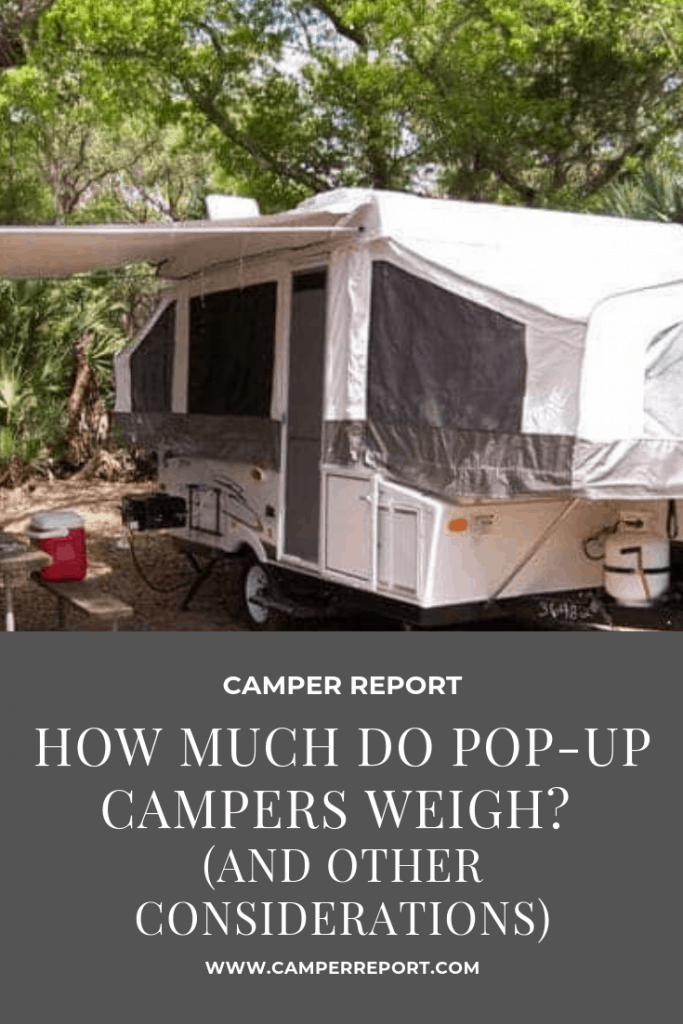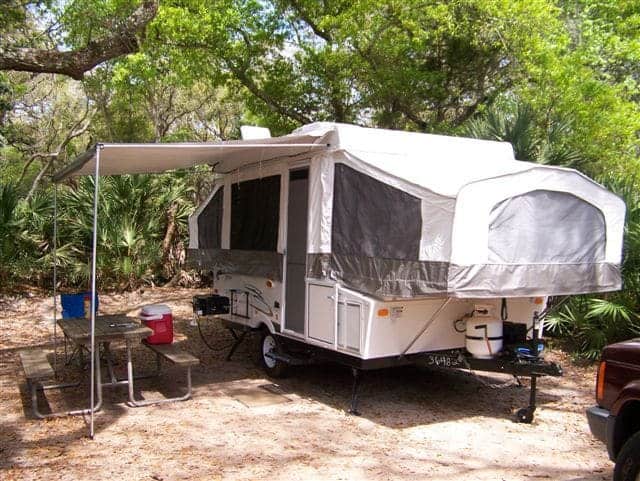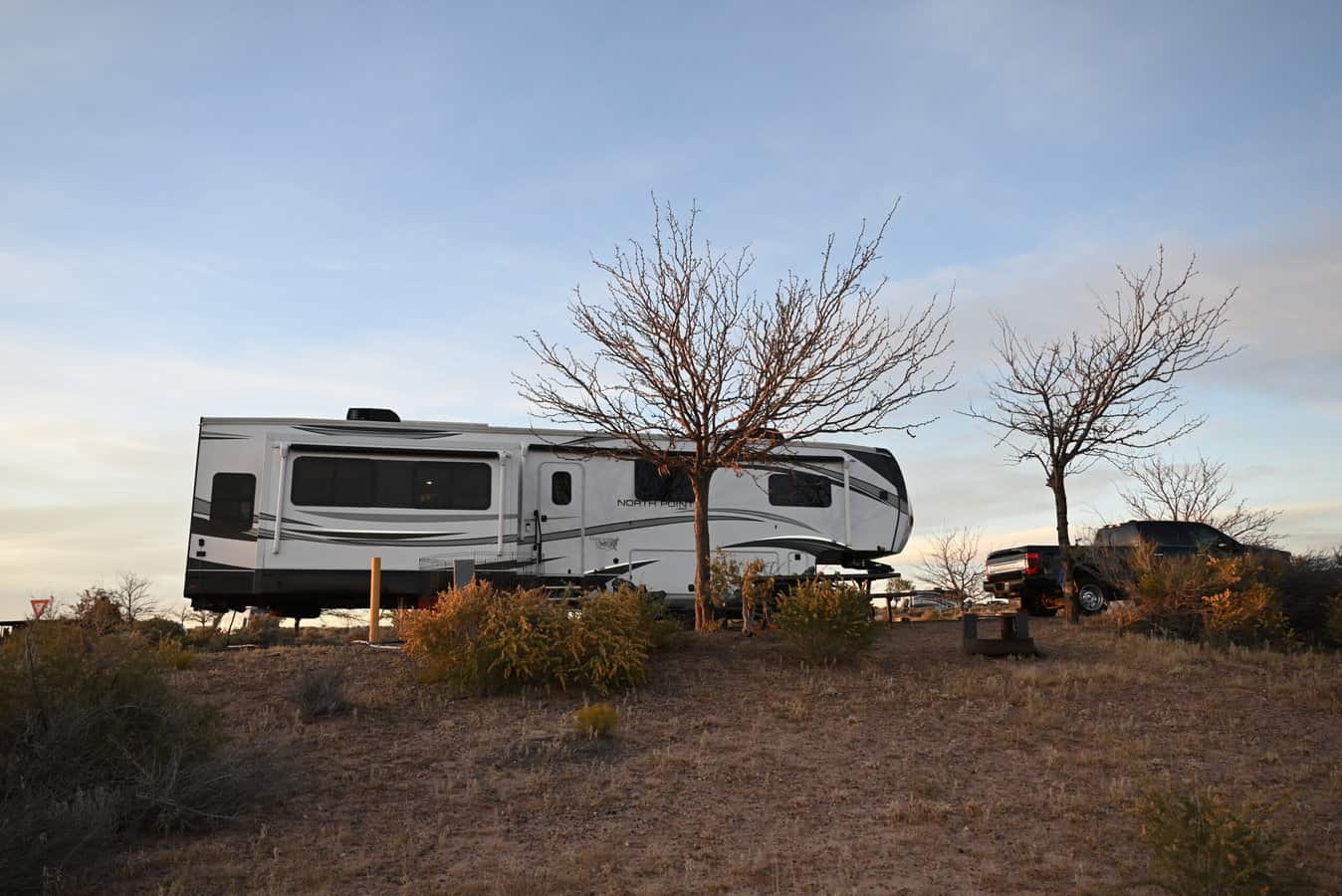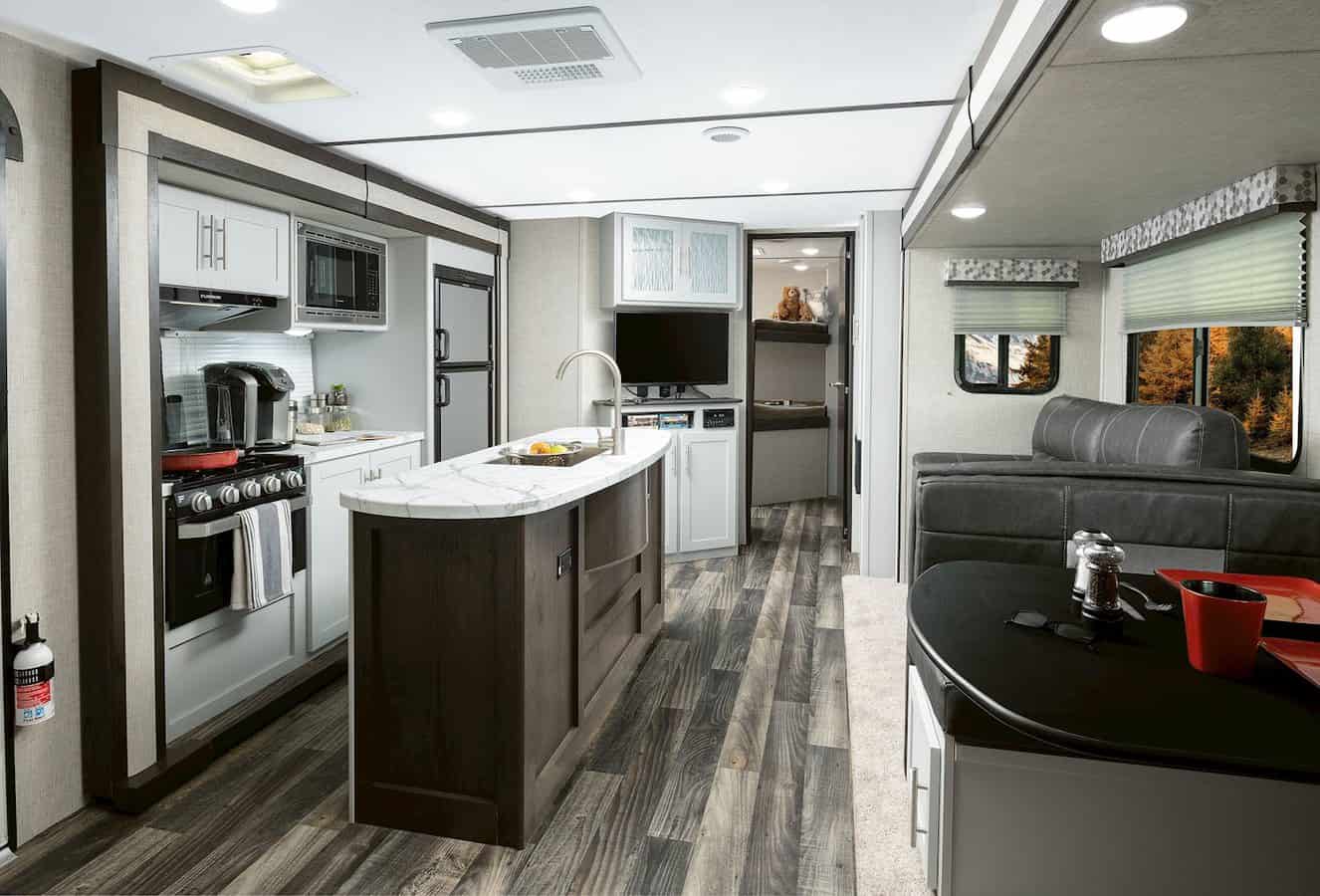Welcome to the 21st century—gone are the days of your grandpa’s pop-up.
Pop-ups have moved up to snazzy, efficient, cozy and comfy recreational vehicles. They come with many amenities to keep the experienced camper happy or welcome the first time questionable camper.
The weight of a pop-up can vary as much as any travel trailer or fifth wheel considering their size and usefulness. A hard-sided pop-up, similar to an Aliner, can vary in weight from 1,180 to 2,700 lbs.; while tent style pop-ups range from 1,300 to 3,700 lbs. Today’s pop-ups even offer an extreme sport style in the weight range of 1,722 to 3,377 lbs.
Given the variety of pop-ups, campers should be able to find one that is just right for them. Each style offers its own uniqueness and many benefits from extra exterior storage, rugged wheels for traveling rough terrain, great views of the outdoors, or a bit more protection offered by the hard-sided versions. You will have to determine what works best for your needs and lifestyle.
The important thing to remember is amenities equal weight, and that decision is yours based on your towing vehicle and the features you are looking for in a pop-up. It’s never a good idea to max out your towing capacity. You need to leave some “wiggle room” so you won’t fret about bringing along some extra cargo, fresh water, or your child’s best friend.
What You Need to Know If You Want to Buy a Pop-Up Trailer
Let’s go over a few of the weight basics you’ll need to know when purchasing a pop-up, or for one you may already own, to determine your gross vehicle weight rating.
UVW (Unloaded Vehicle Weight): This is the typical weight of the pop-up when it is delivered from the manufacturer. It includes the unit’s axels, tongue (or hitch) weight and a full LP propane tank.
CCC (Cargo Carrying Capacity): This designates the amount of weight available for fresh water, cargo, accessories and optional equipment.
GAWR (Gross Axel Weight Rating): This maximum weight includes all cargo that can be safely supported by the unit’s axels.
GVRW (Gross Vehicle Weight Ratio): This weight includes the tongue (or hitch) weight plus the total weight of a vehicle’s carrying capacity which includes passengers, pets and all cargo in the vehicle.
There’ s more to know before purchasing a pop-up trailer, so we wrote this article where we list 21 things you should know before making that purchase.
Can your current vehicle safely tow the pop-up you bought?
That’s a good question and an important one.
I would highly suggest you check out your vehicle’s tow rating yourself. Do not rely on the salesperson selling you the pop-up. A salesperson’s main goal is to make a sale. You can check the owner’s manual for vehicle tow ratings or use the VIN # to call a local car dealer or check it out online.
Take note of your vehicle’s tow rating to determine what you can carry in cargo weight, after determining the UVW and hitch weight.
The hitch (or tongue) weight is the weight that is applied to or sits on the hitch of your vehicle from the pop-up. A good rule of thumb suggests that the hitch weight should not exceed 9% to 15% of the gross trailer weight (GTW), meaning the UVW, hitch weight and cargo in the pop-up.
When it comes to your towing vehicle, most car dealers fail to inform you that the towing capacity of a vehicle is really a combination of everything you will tow plus what’s inside the vehicle.
For instance, if your vehicle is rated to tow 3,500 lbs. and your pop-up has a UVW of 2,325 lbs. and a hitch weight of 243 lbs., this leaves you 932 lbs. in total for cargo. Remember tow capacity for a vehicle includes what’s in your pop-up and what’s in your vehicle. Packing a camper can be akin to a backpacker hiking the Appalachian Trail. Backpackers weigh everything for good reason – their own two feet are their vehicle.
Do you need Trailer Breaks?
Keep in mind, experts suggest that any camper over 3,000 lbs. will need trailer brakes. In my experience any camper over 2,500 lbs. that has the option for trailer brakes, would seem to be a wiser and safer choice.
If your vehicle does not come equipped with the brake controller, it is a simple matter of having a controller installed in your tow vehicle. This can be accomplished by an RV dealer, your mechanic or a facility such as U-Haul. Pricing may vary and you’ll want to get some estimates on this prior to making your final decision on the pop-up of choice.
The weight of standard features in the pop-up, as shipped from the manufacturer, is included in the UVW. These features may include, but are not limited to, air conditioning, awning, water heater, mattress pads, fire extinguisher, lights/with fans, microwave, stove, outside grill, propane tank, refrigerator, shades/curtains, carbon monoxide detector and spare tire.
Optional equipment that you might add as cargo may include: bicycles and rack, kayak or canoe and rack, extra shelving, water hose, electrical cords, generator, cooler, chairs and an outdoor folding table. You also will be adding to your weight with clothing, toiletries, food, beverages, cooking utensils/appliances, pots, pans, dishes and bedding. Some may also wish to bring a TV or laptop along to watch a movie in the evening with their children.
Popups are Great for really Getting Into Nature (Boondocking)
Choosing a pop-up gives you a great advantage to truly get down and jiggy with nature. Boondocking—aka dry camping or essentially camping with no hookups—has gained popularity as a way of getting back to nature. Tent campers have done this for years, but you can now be afforded the luxury of a pop-up and boondock to your heart’s content. Pop-ups will have fresh water tanks which will hold between 10 to 23 gallons of water, a gray tank averages 8 to 11 gallons, while a black tank (if you have a toilet in your pop-up) will be in the 5 to 6 gallon range.
If you are taking off for a boondocking experience, remember water is heavy! One gallon of water equals a whopping 8 pounds. Be sure to calculate that into your cargo weight. Many people take along a portable dump station, such as a Tote-N-Store or Barker, to empty their gray and black water tanks. Campers can then transport it to a proper dump station.
Many boondockers believe that dumping gray water is not a cardinal sin. Please be environmentally conscientious and use biodegradable soap for dishes and personal bathing. In order to avoid contamination, do not dump near a water source, i.e. lakes, rivers, bays.
Many boondockers agree that gray water dumping is no worse than a tent camper washing their dishes in an outside sink or taking an outdoor shower, however, one should never dump black water. If you will be filling your fresh water tank, you’ll want to ensure your gray and black water tanks are empty prior to your trip. This will help keep some cargo weight down while in tow.
Tips for a Fun and Safe Trip pulling your Popup Camper
It’s a good idea to keep a checklist on hand for reference prior to starting your camping trip. We all get excited to get on the road, only to remember something we left at home or find out we forgot to check something out on the pop-up prior to our departure. A checklist for things to pack such as refrigerated items, meal prep items, clothing, children’s “must haves,” pet food and the like is always a good idea.
You’ll want to check your tire pressure before each and every trip on your pop-up and tow vehicle. A tire can wear unevenly or you could have a blow-out and purchasing a new tire then arrives sooner than expected. Propane tanks, outdoor rated electrical cords, camping tools, outdoor lighting, etc. should be in good working order.
Being a responsible camper entails many aspects. Knowing your weight restriction is definitely one that’s high on the list. Many smaller bridges throughout the United States have weight restriction signage prior to crossing. There are also several ferries that allow vehicles and campers to board. You must check your routes prior to traveling to ensure you and your pop-up will safely make that voyage.
Whether your pop-up becomes your man cave or your classic tiny home, you are sure to enjoy the great outdoors in the unit of your choice. Happy Camping!
[author title=”About the Author” style=”font-family:lato;”]






What is the weight of a 1990 coleman americana alta pop up
Trailer breaks.
Why would anyone want trailer breaks?
Having trouble finding GVWR on pop up campers. What website would you recommend.
I have a 2014 Outback Subaru and want to rent first.
Lighter is not always better I guess
Well written, making some important points about camping safety and keeping it interesting!
Hey Dan, how did you add a picture to your comment?
Great article, it provided options I would never have thought to consider as a first time camper. Nancy has a great writing style and we hope to hear more from her in the future.